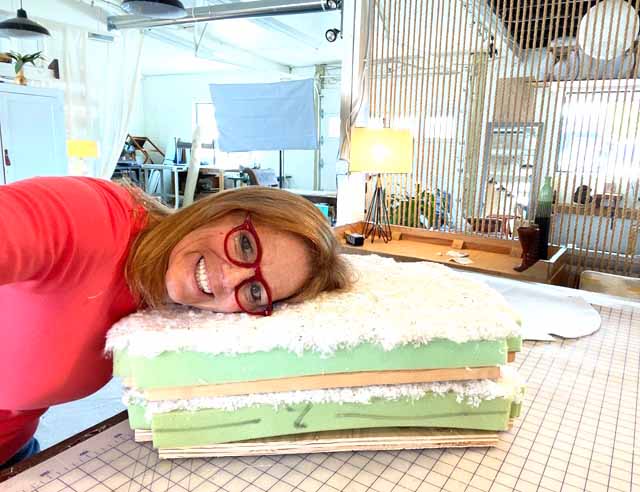Furniture Flipping is My Therapy AND Good for the Planet
This post title has been bouncing around in my head for a bit. Doesn’t everybody think of great titles for blog posts, articles, books, ebooks, online courses? According to all online marketing advice, a word to the wise is to NOT use a creative or clever title for anything. In order to appeal to a broad swath of readers, titles should be simple and straightforward. That may work for lots of folks, but I tend to gravitate to clever titles, plays on words, or just plain catchy names. It’s my delight. This title is neither.
Flipping Furniture is my Therapy is about the most honest and succinct title I could use. Those five words have been a fact in my life since at least 1997, and frankly, way before that. However, not until the last few years, and much delving into my own struggles with anxiety, overcoming loss, my love of creating things with my own two hands, entering the next phase of life, and life hurdles we can discuss later, have I really thought about the unequivocal truth those words hold for me.
Let me briefly break it down for you.
1. I’m a firm believer that HOME is our state of mind as much as our physical dwelling at any given time. Since early childhood, I’ve created whatever space I’m inhabiting to be my sanctuary, my charging station, my visual delight, a comfy, cozy shelter from everything else ‘out there’. What’s ‘out there’, you ask? Work, driving, angry people, long lines, calamities, bad news, you name it. When I absentmindedly let my nervous system get ruffled, I need emotional and physical shelter. HOME provides that for me. (Again, both mental and physical.)
2. I also believe in creating a home that has touch of unique, handmade, and mostly interesting pieces collected from travels, handmade, or special gifts. When you hear that, you might think I mean a junked up space with homemade crap. Not at all. There’s nothing I hate more than clutter, and cruddy clutter, even more. I’m talking about high level, handmade pieces that evoke curiosity and ‘friction’ to what may otherwise become a soul-less neutral collection of stuff purchased from a catalogue or showroom floor. So, in addition to fabulous art, add art objects to your space. And even better, add art objects that you or your family created or flipped yourself. (This is a big dopamine spritzer to the brain.) Admittedly, not everyone feels this way. Lots of folks don’t need to connect to their surroundings. That’s not me. I’m always looking for a connection. The act of creating tangible objects of beauty and value with your own two hands for your home, or to give away, can help with reducing anxiety, ground our nervous systems, and become creatively satisfied.
3. HELP SAVE THE PLANET. Please! Begin educating yourself about the amount of good, quality furniture, as well as flimsy, cheap furniture that ends up in that proverbial landfill. Americans toss over 12 million tons of furniture every year with 80% of that going into landfill. Yep, the term landfill is bantered around when people start talking about recycling and reuse, but that IS where all these discards go. And, what’s worse is, we’re dumping the throw away furniture as well as the good stuff. Stained fabrics, loose joints, little rips seem to be all it takes to send a piece straight to the trash. Good pieces go to the dump because consumers don’t know how to go about giving them a new life. Many consumers don’t want to, or can’t envision how much better a good old piece, redone, is than a flimsily constructed piece from a trendy furniture catalogue. This is a systemic environmental problem that requires consumers to rethink how they furnish their spaces, as well as what they’ll do with that furniture when they’re finished with it. It’s a long game, but we need to start thinking about the life of all kinds of big throwaway items. And, as long as consumers keep buying the throw-away pieces, companies will keep producing it.
Quality furniture is something that can last and be reused for generations. I don’t know the exact math, but it stands to reason if we had an efficient, educated, cost effective way to reuse solid, strong, sturdy furniture and other home furnishings like lamps, dressers, nightstands, etc., it could have a substantial impact on reducing annual landfill waste. That’s one of the big reasons I flip furniture and teach people skills to do the same.

